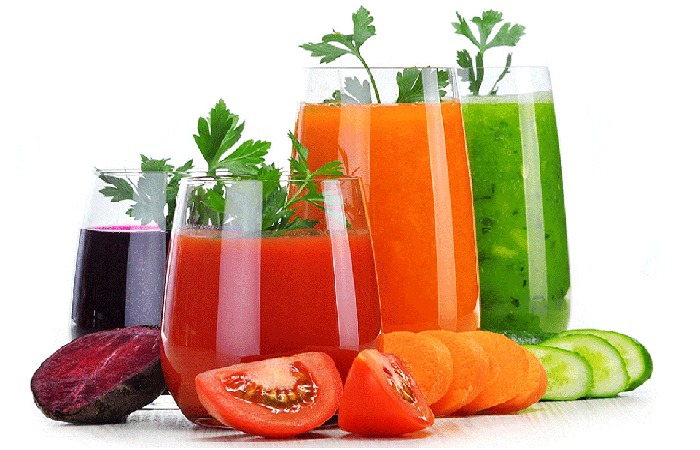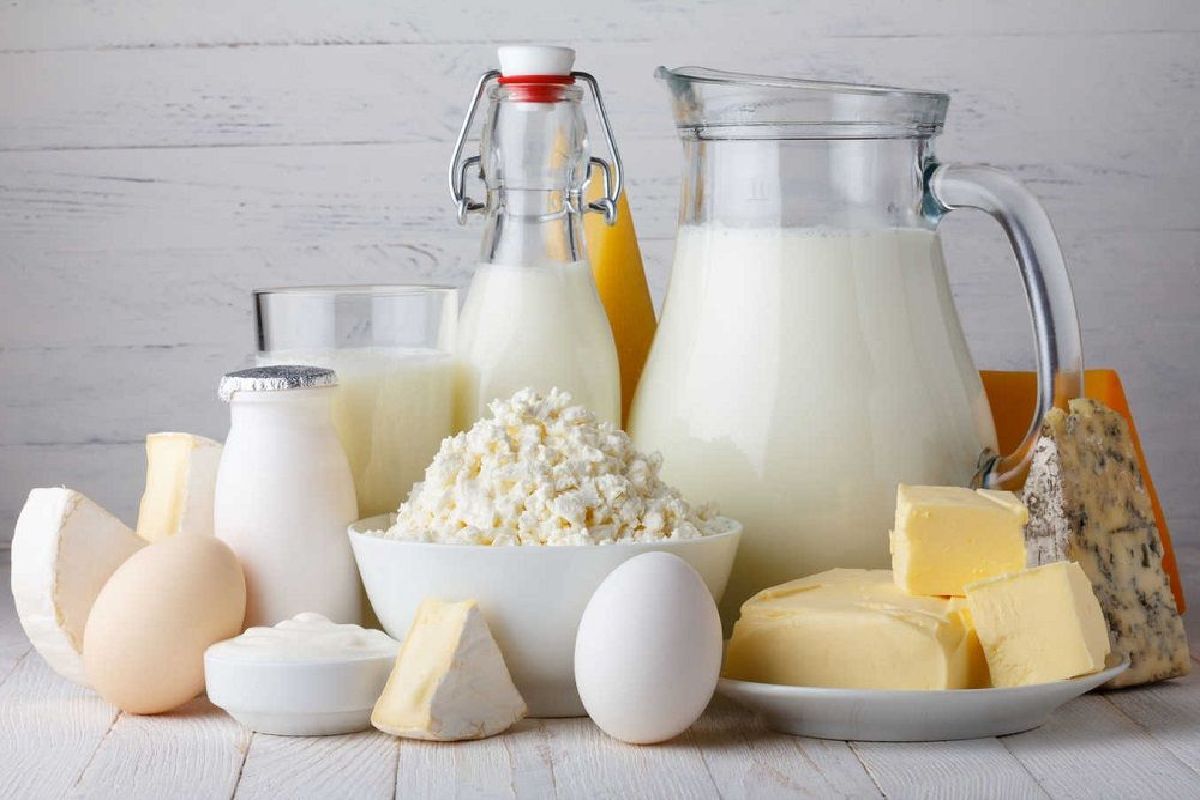There are several situations in which dairy consumption is neither possible nor desirable. It is the case of people who suffer from allergies to cow’s milk proteins or converted to veganism.
If you find yourself in any of these cases, it will be helpful to know how to replace dairy in your diet without your body lacking nutrients.
Also Read: What causes dizziness after a workout?
Table of Contents
Cow’s milk protein allergy vs. lactose intolerance
- The main difference between an intolerance and an allergy is that in the case of an allergy, the immune system is weakened, becoming a dangerous and urgent illness in severe allergy.
- On the contrary, intolerances, such as lactose intolerance, are produced by the absence of some digestive enzymes such as lactase. The symptoms are usually mainly gastrointestinal.
- In the specific case of lactose intolerance, it is possible to consume dairy in its “lactose-free” versions.
You can also do it if you have previously consumed a lactase pill, which is the enzyme that digests lactose, separating it into glucose and galactose, quickly absorbed.
Diagnosis of lactose intolerance and cow’s milk protein allergy
- Another difference between cow’s milk protein allergy and lactose intolerance is how each diagnosis
- As for allergies, the diagnosis should be performed by an allergist to perform skin prick test type and analytical blood searching for immunoglobulin E.
- These immunoglobulins are specific for the protein of the suspect food to confirm the diagnosis.
- The tests are not carried out by the allergist but are requested by the gastroenterologist and are usually based on expired hydrogen.
- It is necessary to clarify that the types of tests offered in some pharmacies and some laboratories to detect Immunoglobulin G have no scientific validity.
- In addition, they generate confusion in the patient by masking the proper diagnosis.
- Another of their drawbacks is that, as they restrict a wide variety of foods, they can also cause psychological discomfort and nutritional deficiencies in the patient.
What nutrients does dairy provide us?
Dairy is a food of high nutritional value and stands out for its contribution of essential amino acids, vitamin B complex, such as vitamin B12, and minerals like calcium easily absorbed.
It is a group of foods whose consumption is always advised in public health guidelines. It is especially so in the infantile period, as can be seen in the following graph:
| FOOD GROUP | DAILY AND WEEKLY FREQUENCY | |
| FARINACEOS (Rice, pasta …) | In each of the daily meals | |
| VEGETABLES and VEGETABLES | At least lunch and dinner | |
| FRESH FRUIT | At least three a day | |
| NUTS | 3 to 7 handfuls a week | |
| MILK, YOGURT, AND CHEESE | 2-3 times a day | |
| PROTEIN 2 a day | LEAN MEAT | 3-4 times a week (maximum 2 times a week for red meat) |
| FISH | 3-4 times a week | |
| EGGS | 3-4 times a week | |
| VEGETABLES | 3-4 times a week | |
What if I can’t eat dairy?
If dairy cannot consume, what could happen is that the needs of:
- High biological proteins
- B12 vitamin
- Calcium
Eat quality protein sources
- As for proteins, if you consume sufficient amounts of the other protein groups such as meat, fish, shellfish, eggs, legumes, and nuts, it is unlikely that a deficiency will occur.
- In babies with an allergy to cow’s milk protein, formulas, usually based on soy, allow breast milk to supply all its essential nutrients.
Avoid vitamin B12 deficiency
- As for vitamin B12, however, it is important to supplement it in vegetarians and vegans.
- Vitamin B12 cannot obtain from foods of plant origin, and its deficiency can cause long-term problems in the neurological system.
Alternative sources of calcium to dairy
- It is necessary to think in advance about the calcium intake in which foods replace the milk calcium intake.
- The requirements go from 700 mg in the first years of life to almost doubling in adolescence with 1,300 mg per day.
- As alternative sources of calcium to milk and dairy products, we have the following foods: tofu made with calcium salts, vegetable drinks and yogurts enriched with calcium, almonds, sesame, and their pasta called tahini and canned sardines.
- In addition, to complete the contribution, the consumption of legumes, whole wheat bread, dried figs, and vegetables such as broccoli, cabbage, kale, or collard greens should be taken into account.
- These foods can be a good source of calcium in vegan diets.
How to choose a good vegetable drink?

- An excellent alternative to milk can be the vegetable drink fortified with calcium.
- To choose a suitable vegetable drink, you must first read the list of ingredients.
- Throw away plant-based beverages with sugar or hydrogenated fats.
- In addition, in this case, and unlike most products, it is convenient that they contain calcium and vitamin D since they use as a substitute for milk.
- Since the main ingredient is water, herbal drinks cannot be considered a source of essential amino acids like milk.
- With this in mind, the soy vegetable drink is the most interesting. Compared to other plant-based drinks like rice or oatmeal, we can see that they contain fewer of these types of amino acids.
- In addition, the plant-based rice drink is not recommended for children under five due to its potentially high arsenic content.
- Regarding the nutritional information, we must note that the percentage of total sugar does not exceed 5% and that the salt contribution is less than 1%. Saturated fat content is usually not an issue as most don’t exceed 2.5%.
Conclusion
As you have seen, dairy products can be replaced with other foods that do not contain all of the nutrients. However, it is also important to know which foods provide us with each nutrient to ensure that we can meet the needs of the various nutrients that dairy products provide us with.
Also Read: Exercise better and safer

